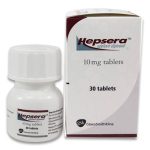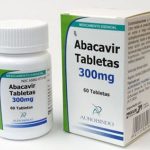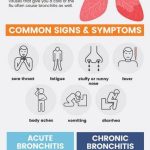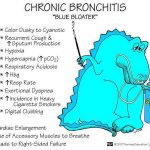
Adefovir is converted intracellularly in stages to the di-phosphate, which then inhibits the DNA synthesis of hepatitis B virus through competitive inhibition of reverse transcriptase and incorporation into viral DNA. At high doses it has some activity against HIV.





